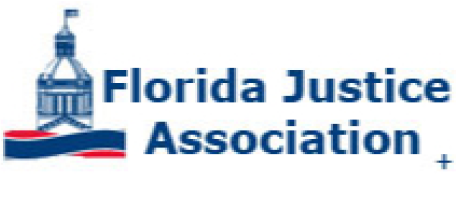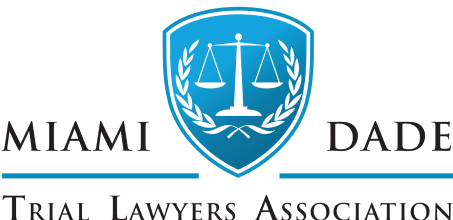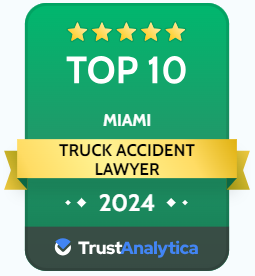While all car accidents can be scary, upsetting, and dangerous, few are as truly frightening as a rollover crash. A rollover car crash occurs when a vehicle tips over onto its side or roof, often involving a rotation of 90 degrees or more. Rollover accidents can be especially dangerous due to the potential for occupants to be thrown around within the vehicle and the increased risk of roof collapse.
Why Do Rollover Accidents Occur?
Rollovers can be caused by various factors and can occur in different scenarios:
Tripping Events
The majority of rollover accidents are categorized as “tripping” events. These occur when a vehicle’s tires strike an object or terrain feature that causes it to lose stability and begin to roll. Common tripping scenarios include:
- Striking a curb or median at high speed.
- Colliding with a guardrail or barrier.
- Hitting a ditch, embankment, or soft shoulder.
- Sliding sideways on a slippery surface
Tire Blowouts
A sudden tire blowout, especially in one of the rear tires, can destabilize a vehicle and lead to a rollover if the driver struggles to regain control.
High Center of Gravity
Vehicles with a high center of gravity, such as SUVs, trucks, and vans, are more susceptible to rollovers, especially during sharp turns or sudden maneuvers.
Speed and Direction
Rollovers are more likely to occur at higher speeds and when a vehicle is turning sharply or swerving suddenly. Overcorrecting after steering maneuvers can also contribute to a rollover.
Driver Behavior
Aggressive driving, distracted driving, or impaired driving can increase the likelihood of a rollover. Abrupt steering or sudden lane changes can destabilize a vehicle.

Road Conditions
Slippery roads due to rain can reduce tire traction, making it easier for a vehicle to lose control and roll over.
Vehicle Design
Certain vehicle designs and modifications can influence rollover risk. Vehicles with a narrow wheelbase and a high center of gravity are more prone to rollovers.
It’s important to note that while rollover accidents represent a relatively small percentage of total crashes, they are responsible for a significant portion of severe injuries and fatalities due to the violent forces involved. According to NHTSA (National Highway Traffic Safety Administration), more than 280,000 car rollover accidents are reported each year, resulting in the deaths of more than 10,000 people per year.
Common Causes of Driver Error That Result in Rollovers
Excessive Speeding: Driving at a speed significantly above the posted speed limit or at a speed that is unsafe for prevailing road conditions is a leading factor of rollover crashes.
Aggressive Driving: As mentioned above, another leading reason for rollover accidents are drivers engaging in aggressive behaviors such as tailgating, weaving in and out of traffic, or making unsafe lane changes.
Street Racing: Participating in illegal racing on public roads puts drivers, passengers, pedestrians, and other motorists at risk. Street racing combines excessive speed, as well as other erratic behavior.
Distracted Driving: Engaging in activities that divert attention from driving, such as texting, talking on the phone, or interacting with in-car entertainment systems, can lead to rollover crashes when the driver isn’t paying enough attention to the road ahead.
Driving Under the Influence: Driving a vehicle while impaired by alcohol, drugs, or other substances affect a driver’s ability to operate their vehicle safely.
Passing in Unsafe Locations: Passing other vehicles in a manner that is unsafe, such as on a curve or a hill where visibility is limited, can lead to a rollover crash as well. This often leads to a tripping event, like hitting a curb or guardrail.
Who Is at Fault for a Rollover Crash?
Determining fault in a rollover crash, like in any other car accident, depends on the specific circumstances surrounding the incident. Fault is typically assigned based on factors such as negligence, violations of traffic laws, and the actions or behaviors of the drivers involved. Here are a few scenarios that can help explain who might be at fault in a rollover crash:
Single-Vehicle Rollover: If a vehicle rolls over without any involvement from other vehicles, the driver of the rolling vehicle is often at fault. This could be due to factors like excessive speed, distracted driving, impaired driving, aggressive maneuvers, or failure to navigate a curve safely.
Multiple-Vehicle Collision Leading to Rollover: In cases where another vehicle is involved and causes a rollover, fault might be attributed to the driver who triggered the collision. This could include behaviors like running a red light, failing to yield the right of way, or making an unsafe lane change.
Tripping Events: If a vehicle rolls over due to tripping on an object or terrain feature, like hitting a pothole, the owner of the property where the tripping event occurred might share some liability if hazardous conditions were present. However, the driver’s actions leading up to the tripping event could also contribute to the crash.
AccidentLawFirm.com has been helping injured victims of South Florida for over a decade. Our law firm handles a variety of cases, including rollover crashes. Call us at 786-882-2038 to reach out to a Miami accident attorney about your case.












